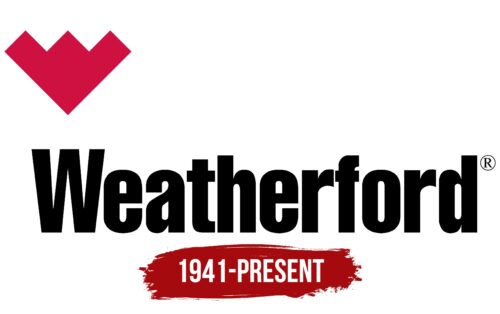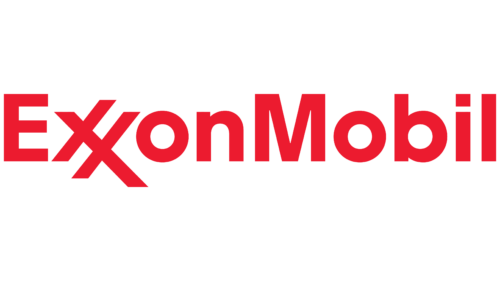Weatherford: Brand overview
Founded in 1941, Weatherford International has grown into a leading oilfield services organization. The company was founded by Jesse E. Hall Sr. in Weatherford, Texas, as Weatherford Spring Company, which manufactured springs and various oilfield equipment. Weatherford International is now a leading company in the oil and gas sector, providing innovative products and services to international customers.
In the 1950s, Weatherford expanded its product and service offerings to include drilling and completion services and artificial lift equipment manufacturing to meet the growing demands of the industry. This growth trajectory continued into the 1960s when the company expanded its international operations and entered the offshore oil and gas sector by providing niche services.
In the 1980s, Weatherford made a series of strategic acquisitions that put the company at the forefront of the oilfield services industry. During the 1990s, the company continued to grow with a focus on innovation and expansion. Through organic growth and strategic acquisitions, Weatherford solidified its position as a leader in the oil and gas industry while becoming an innovator in new technologies.
Today, Weatherford is among the world’s most recognized oilfield services companies, offering a wide range of services, including drilling, completions, artificial lift, production, and intervention services. The company also manufactures a variety of state-of-the-art oilfield equipment, confirming its leadership in the industry.
A global force in the oil and gas sector, Weatherford serves customers in more than 80 countries and employs more than 60,000 people. From ocean depths to mountain heights, Weatherford is dedicated to developing innovative solutions to meet the world’s energy needs.
In 1941, Weatherford Spring Company was born in the small town of Weatherford, Texas.
In the 1950s, Weatherford expanded its product and service offerings to meet the needs of its customers.
In the 1960s, Weatherford began its international operations and entered the offshore oil and gas market.
In the 1980s, Weatherford made a series of strategic acquisitions, absorbing several oilfield service companies and cementing its place as a key player in the industry.
In the 1990s, Weatherford began to accelerate its development through strategic acquisitions and organic growth.
In the 2000s, Weatherford focused on revolutionizing the oil and gas industry through the introduction of innovative technologies.
In the 2010s, Weatherford demonstrated significant growth in operations and services, expanding its reach and capabilities to meet the growing needs of its customers.
Meaning and History
1941 – today
A distinctive feature of the Weatherford logo is the red letter “W,” which has several meanings. In concept, it resembles a crown (a symbol of high importance), a heart (an allegory of passion for work and dedication to customers), and an arrow (pointing downward toward the company). It also represents the first letter of the company name. Unlike the top element, the text is bold, black, and large. A geometric font with tall letters has been chosen for the text. The letters are mostly lowercase, their straight lines gently rounded at the ends.
The red “W” is like a cool secret code, hiding all these meanings in one letter. It’s almost like a little riddle that says a lot about what the company cares about. The large black text underneath is like a serious sidekick that lets you know the company is on its case.
Weatherford color codes
| Rich Carmine | Hex color: | #ce1141 |
|---|---|---|
| RGB: | 206 17 65 | |
| CMYK: | 0 92 68 19 | |
| Pantone: | PMS 192 C |
| Black | Hex color: | #000000 |
|---|---|---|
| RGB: | 0 0 0 | |
| CMYK: | 0 0 0 100 | |
| Pantone: | PMS Process Black C |





